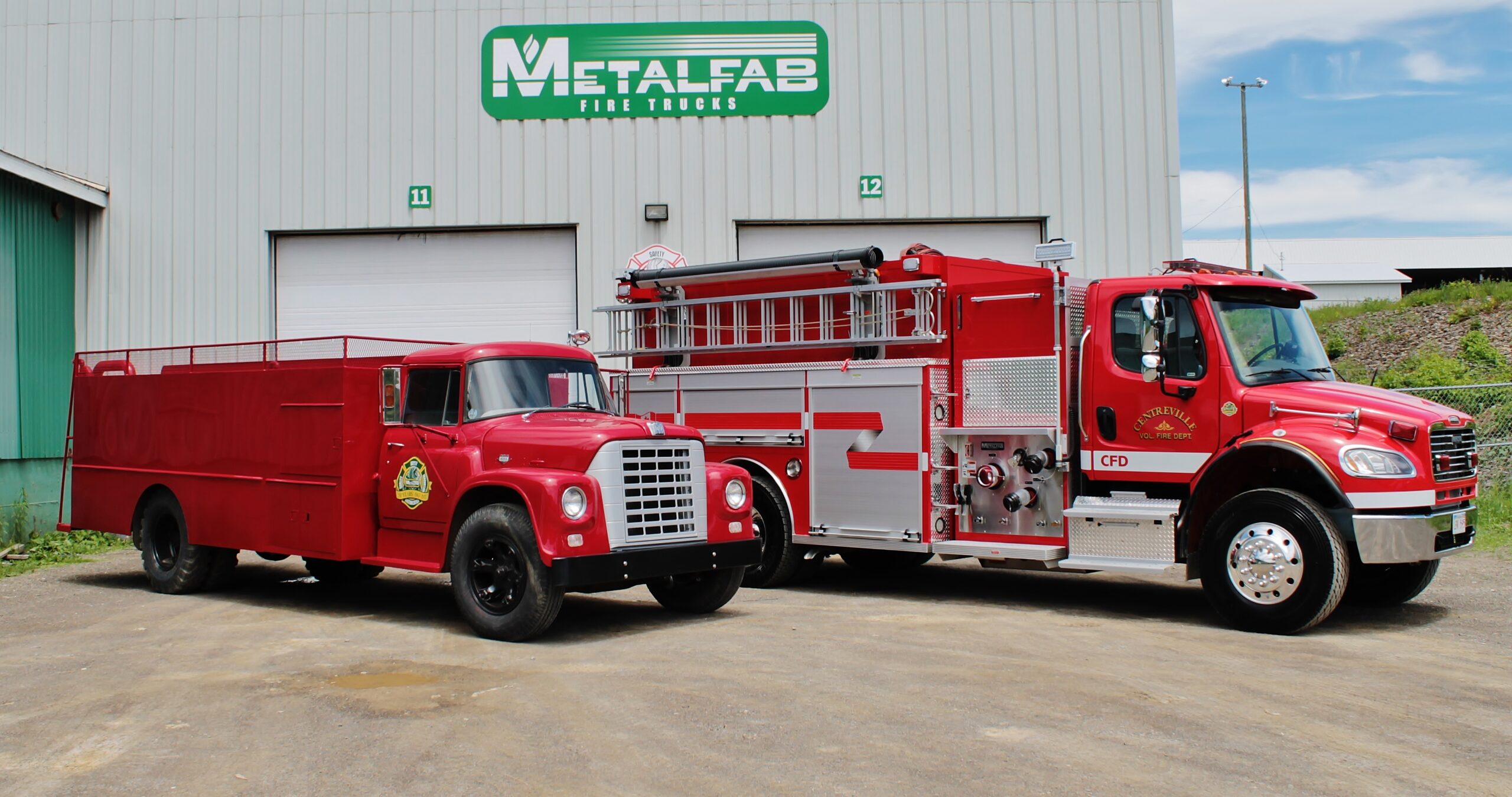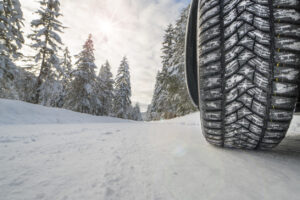
The Decision to Winterize Your Fire Truck
Our Metalfab experts are often faced with questions by customers regarding the best way to winterize a fire truck. We tell them that pumps can be run either “wet” or “dry” over the colder season, and there are pros and cons to each approach while still maximizing the life expectancy of your equipment. It’s important to remember that there is no “right way” for winter preparation, but to ensure your apparatus is fully functional, preventative maintenance before and during cold weather is crucial. Some departments do get an early start, taking precautions far in advance of cold weather to get their trucks ready, while others take it one day at a time and succeed in getting through the winter intact. Of course, each decision depends on a department’s knowledge, capabilities, and preferences, but we are happy to answer all questions and provide advice based on a customer’s individual experience and specifications.
Choosing to Go Wet
It’s hard to avoid leakage potential with most modern pumps, which include numerous gauges, individual drain lines, pressure lines, and other parts that can retain water if not thoroughly drained due to the possibility of freezing and then possible breakage of components. Pump house heaters—consisting of a heater core and fan—and underbody heaters installed below these areas are meant to close off the underside of the fire pump and reduce the flow of cool air from reaching the pump and causing internal areas to freeze. They are not intended to protect the fire pump itself or the lines or valves below them. Ideally, moving water should be used to circulate water during cold weather conditions because circulating water can’t freeze.
On the positive side, if you opt for wet operation throughout the cold season, it may be unnecessary to prime the pump prior to service, so your response time once on the scene will be faster. And since water continues to flow through the system, you are less likely to experience the type of calcium or rust buildup that can eventually cause problems. Seals and packing remain open and pliable throughout the season, and your pump’s startup should be simple and smooth.
With a wet pump, you must always be on alert for accidental freezes in your pump or any of its components at times when water is not flowing, especially in situations where you are traveling relatively long distances to an emergency scene. In the worst-case scenario, valves, shafts, and other components can freeze and crack, requiring expensive maintenance and possible replacement.
Running a Dry Pump
If you are operating in a cold environment and you have knowledgeable staff who can drain pumps properly each year, then it may be a good idea to consider running your pump dry. “Dry” in terms of a fire pump relates to draining the water from the main body of the pump after each usage. This keeps the water out of the pump to avoid the chance of freezing. Take note that when starting to draft from a stationary water source, the pump may have to be primed prior. If any of the truck’s valves are leaking, the pump will not stay drained, and repairs will be forthcoming. Often this damage is undetectable without a full disassembly of your equipment.
Running water through the system periodically can loosen particle buildup and help ensure safe operation in future scenarios. Rather than attempt this manual process, however, most departments opt for pump house heaters and underbody heaters to maintain their equipment in a temperate environment during cold spells. One great thing about running dry pumps is that it gives you a great opportunity to closely examine your equipment for the kind of leakages that can become larger issues down the road.
Regardless of which path you choose, these simple steps can help lay the groundwork for a smooth winterization:
- Invest in heating tape, pump house heaters, heat shields, and tire chains.
- Conduct preventative maintenance to keep up with minor repairs and part replacements.
- Check the water tank and pump valves frequently for leakage.
- Ensure proper corrosion protection to your truck undercarriages.
- Refresh your staff on cold-weather operations and standard winter operating procedures.
With sufficient preparation and experience, your department should settle on a good solution that meets your needs, and you will have a better chance of keeping your fire truck in good working order no matter the weather or temperature.

